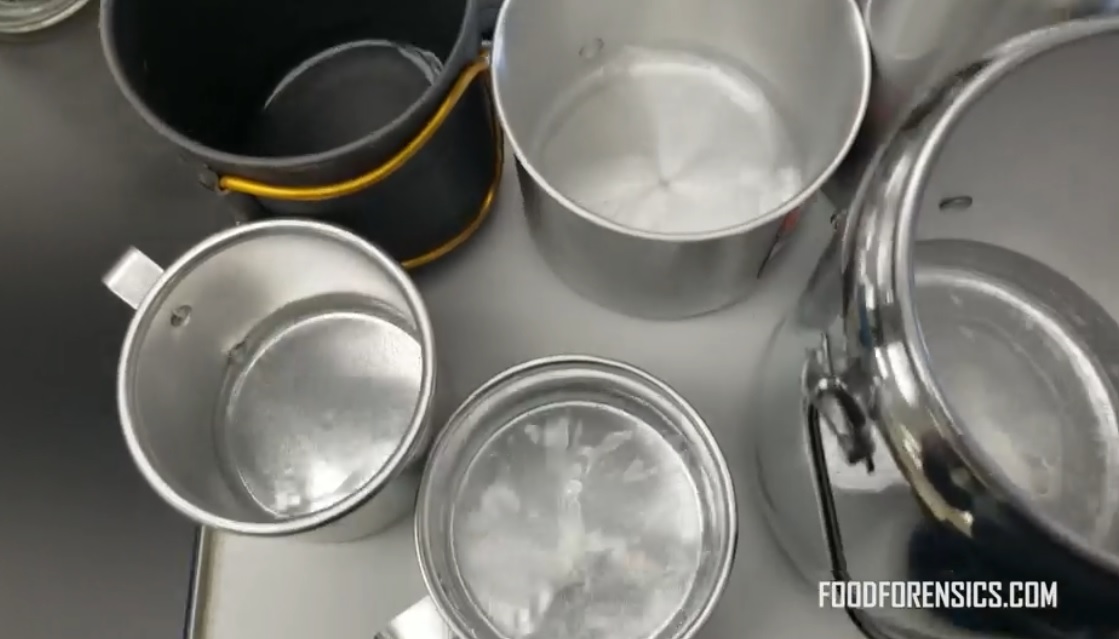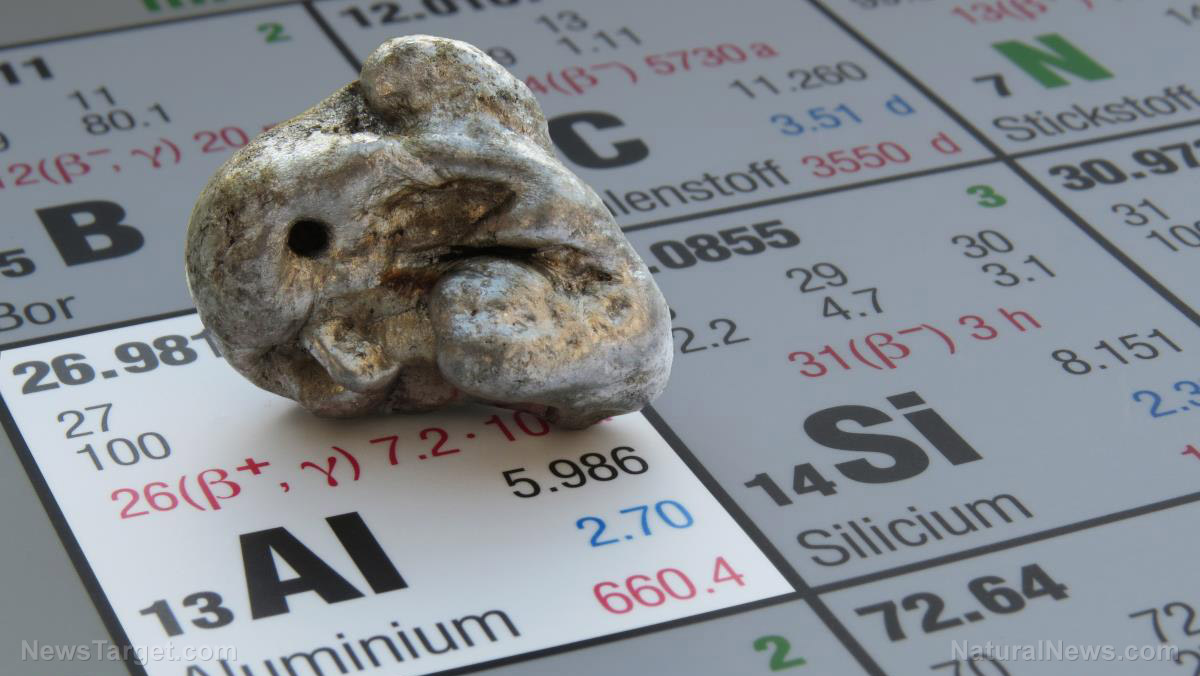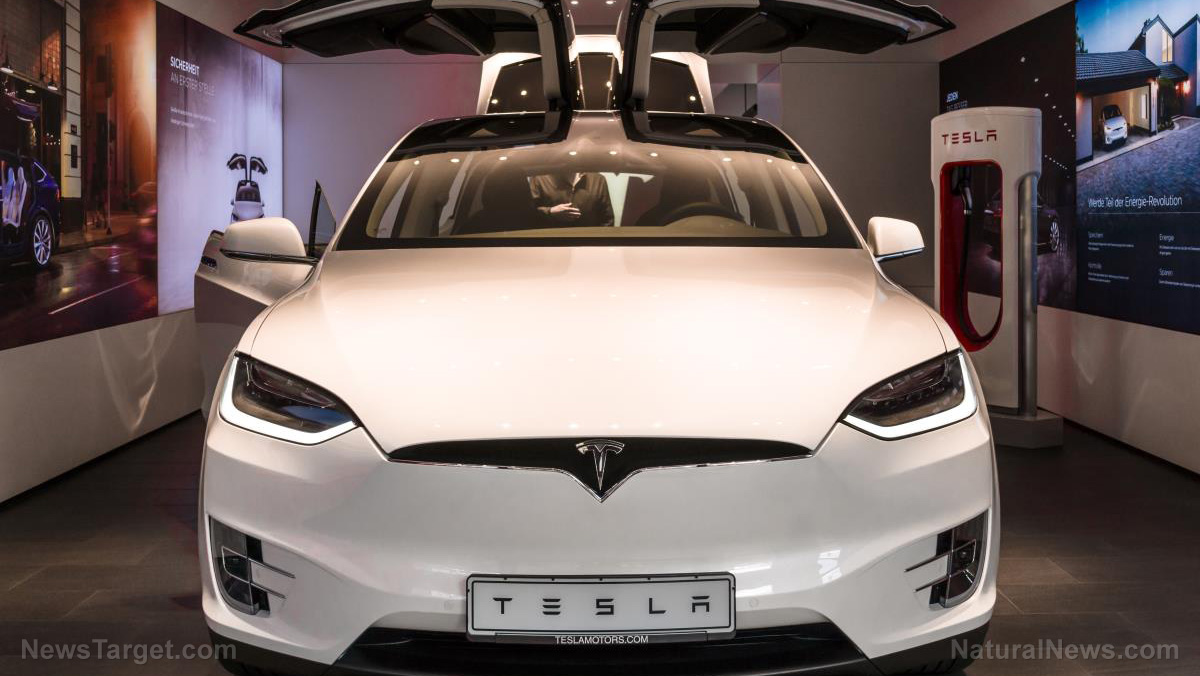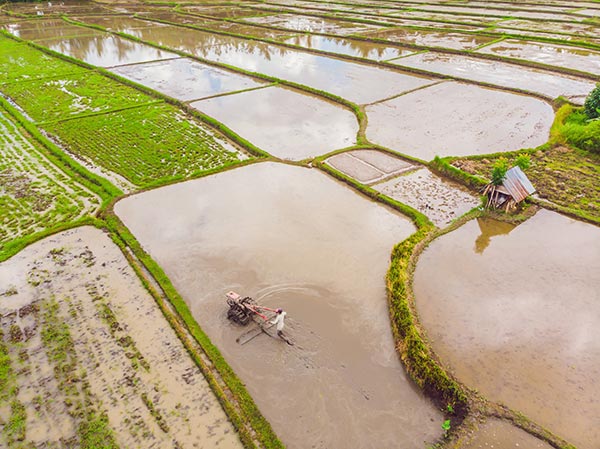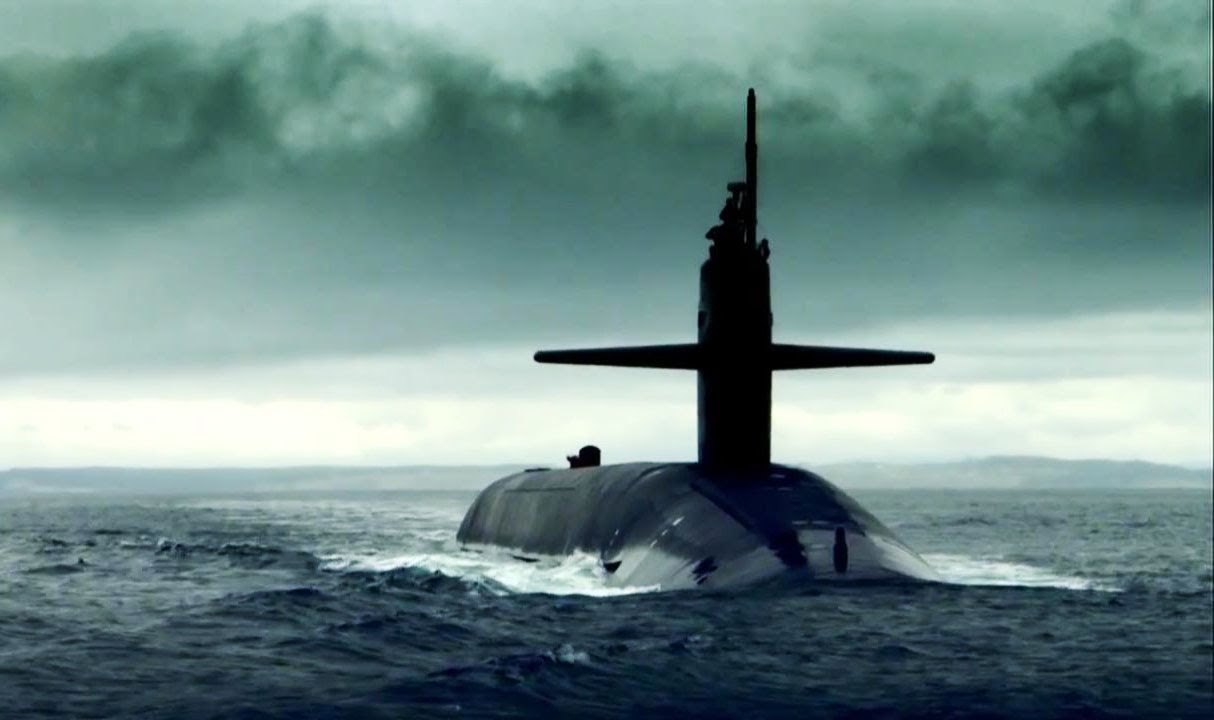Renewable energy is creating a new set of environmental problems
05/16/2022 / By Cassie B.

While climate alarmists have been pushing for the use of wind turbines, solar panels and large-scale batteries to reduce reliance on fossil fuels, they seem to be ignoring the fact that the minerals and materials that are needed to create these solutions depend on the mining industry and create environmental problems of their own.
In Australia and many other countries, mining operations being carried out to obtain the minerals needed for renewable energy solutions are leading to problems like the destruction of wilderness areas and toxic runoff into important sources of water.
In fact, creating this renewable energy seems to have the opposite effect of the green energy movement’s stated goal of reducing harm to the environment.
Saul Griffith of Re-Wiring America, a climate activist group, has called for what he termed a “massive wartime mobilization effort to transform the fossil fuel economy into a fully electrified one.”
He said: “We need to be making wind turbines 10 times as fast as we do. We need to be making solar cells 10 times as fast as we do. We need to be making batteries and electric vehicles 10 times as fast as we do today.”
However, in response to this type of pressure from climate change alarmists, some governments seem to be overlooking safety concerns in the quest to obtain more of the minerals and other materials needed to create these energy sources, such as copper, cobalt, lithium and nickel.
Environmental concerns over green energy generation growing in Australia
One example of this can be seen at the Rosebery Mine in the Australian state of Tasmania, which produces copper, lead and zinc for the production of electric vehicles and wind turbines. The Tasmanian Environmental Protection authority reports that a dam erected by the mine has been leaking contaminated water for the last five years. However, their Chinese owner/operator has never been fined for these toxic leaks. In fact, they have said they want to build a new dam in the same area despite the contamination because the minerals they produce are vital for wind turbines, electric cars and solar panels.
Meanwhile, King Island, an area known in Australia for its natural beauty and high-quality cheese, kelp, oysters and beef, is about to become home to one of the biggest tungsten mines.
An open-cut mine outside of Darwin that produces lithium for electric car batteries is already affecting local waterways. Neighbors are complaining of very milky and murky waters that once flowed clear. With the mines only in the early stages, they are concerned how far the damage will go.
According to Australia’s ABC News, each electric vehicle produced needs roughly 200 kilograms of minerals such as lithium, cobalt, nickel and copper – which is six times more than a gas-powered vehicle needs. A wind turbine, meanwhile, needs four times the minerals a coal-fired power station requires for generating the same amount of electricity.
The most conservative forecasts by the International Energy Agency see demand for lithium growing 13-fold in the years leading up to 2040, with demand for cobalt rising at least six times, rare earth tripling and copper doubling, illustrating just how much damage may be in store for our planet.
To feed the “green dream,” it will take commercial strip mining of forests on a grand scale, fueled by slave labor and marked by vast ecological destruction. Mining materials for renewable energy are already polluting local water sources and destroying wildlife, and the problem is only likely to get worse as calls for going fully renewable ramp up. And with global sales of electric vehicles more than doubling last year and further gains expected this year, we’re in a prime position to find out just how dirty “clean” energy really is.
Sources for this article include:
Submit a correction >>
Tagged Under:
climate change, cobalt, copper, deception, Ecology, electric vehicles, environment, fossil fuels, green deal, green tyranny, lithium, metals, mining, renewable energy, solar panels, Wind Turbines
This article may contain statements that reflect the opinion of the author
RECENT NEWS & ARTICLES
COPYRIGHT © 2017 METALS NEWS




